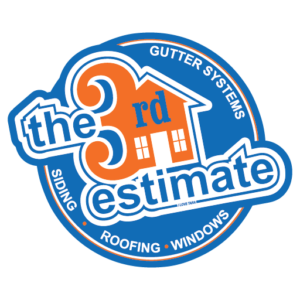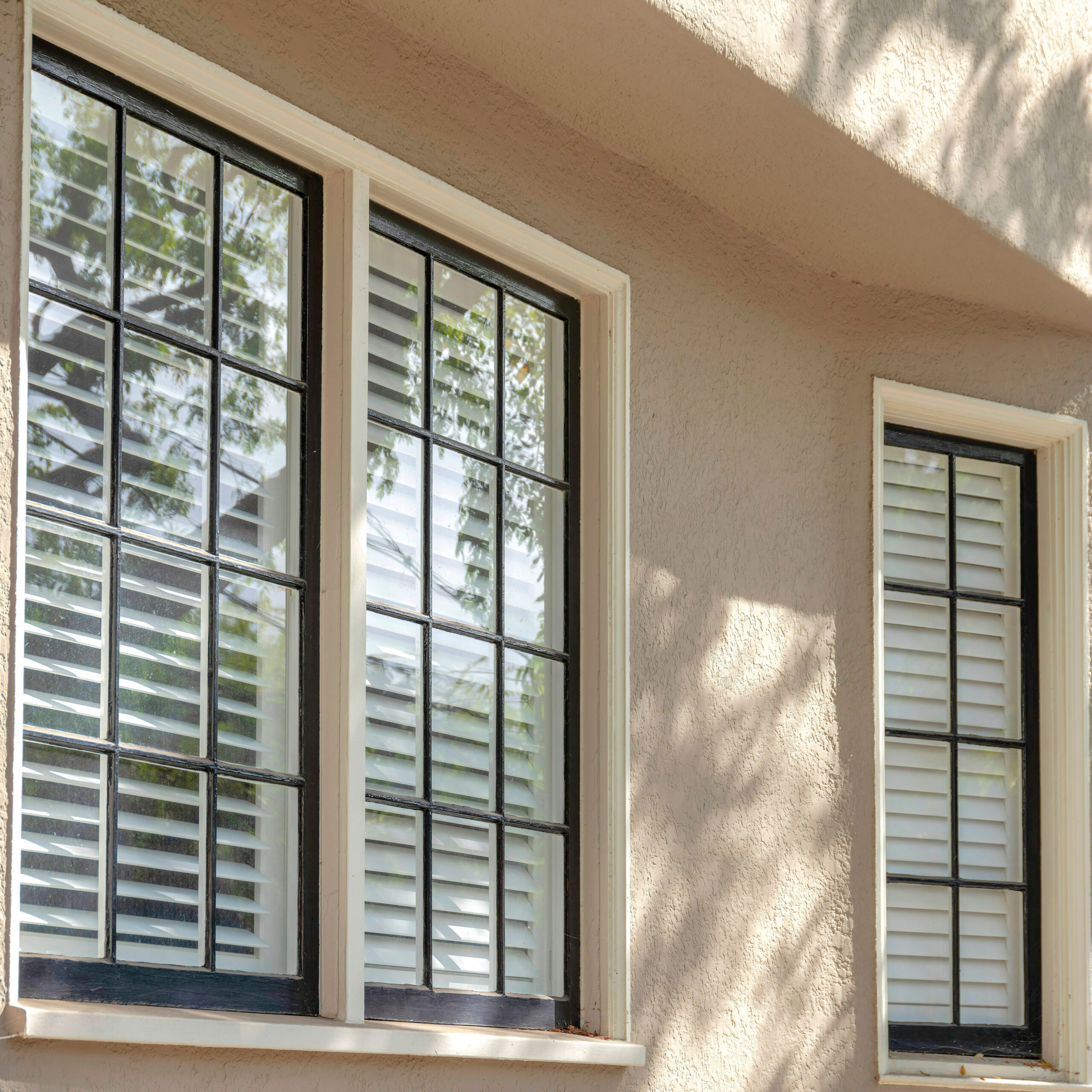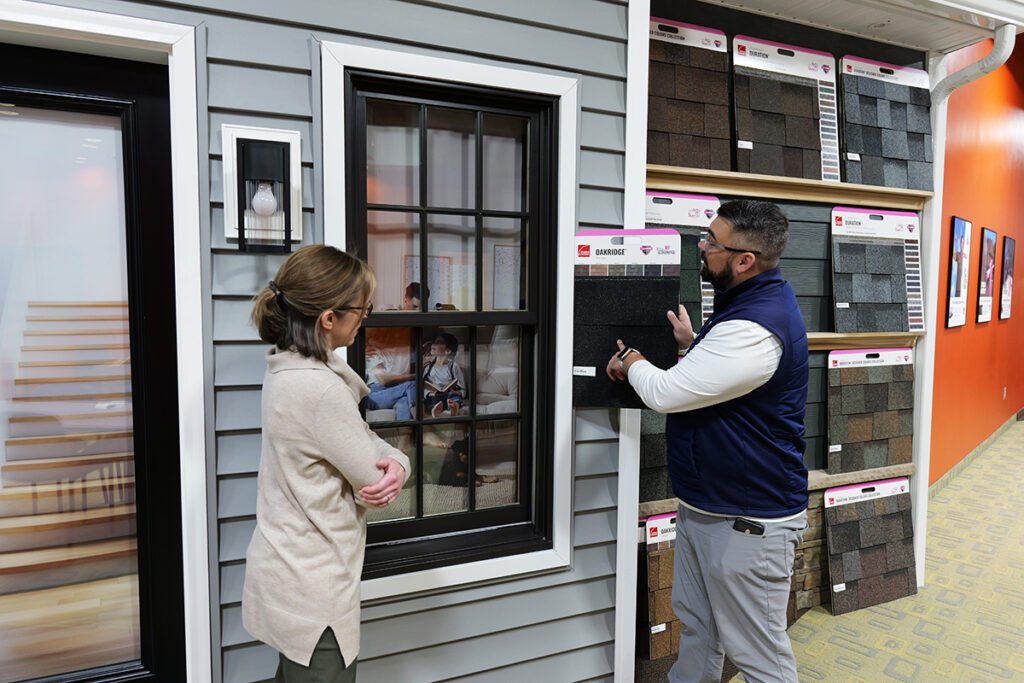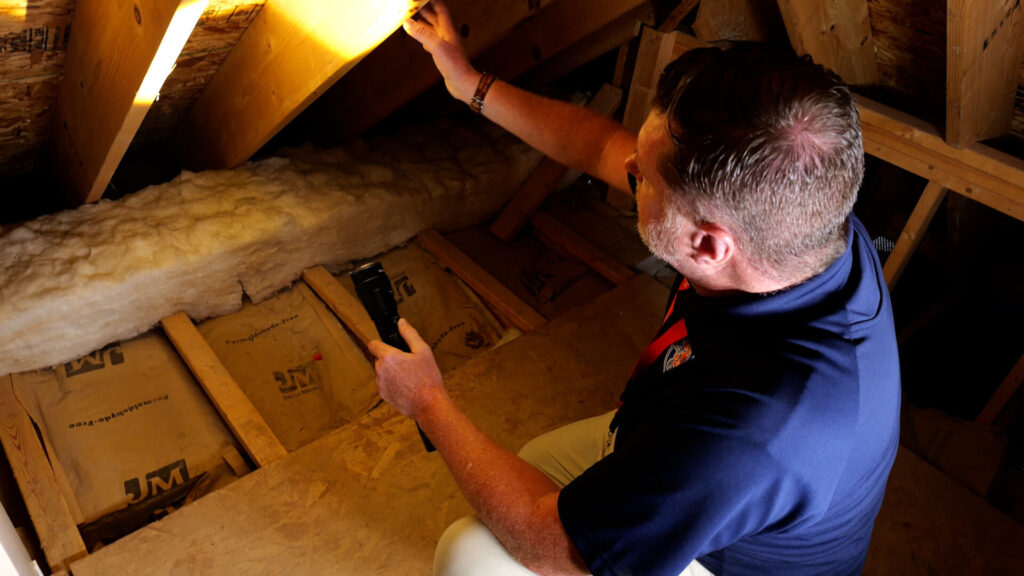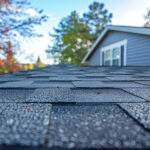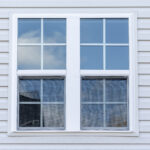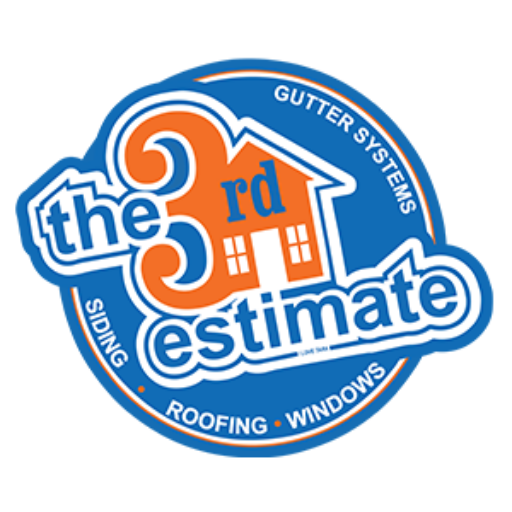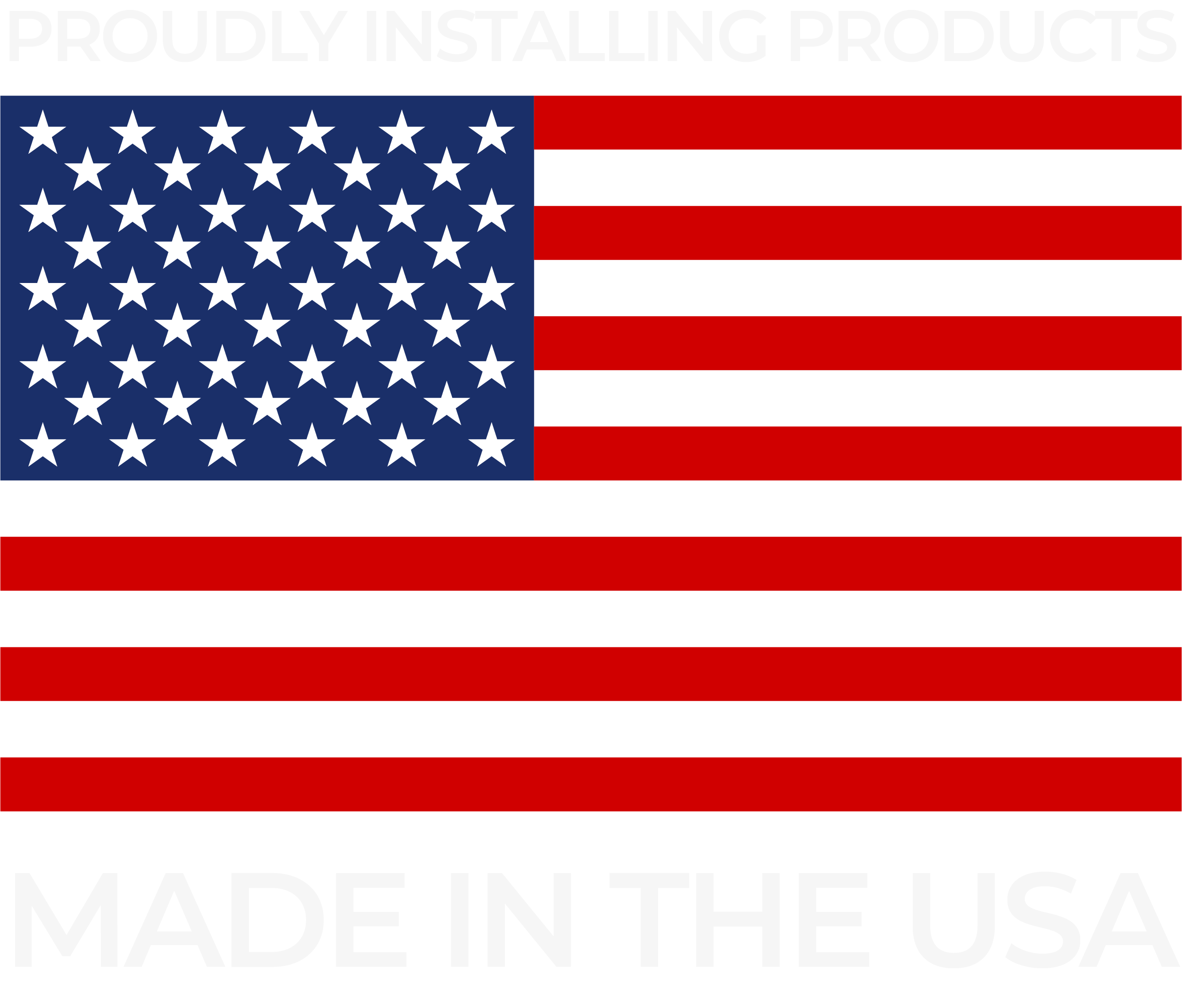What Are Glass Inspection Standards for Window Glass?
When it comes to installing new windows in your home, you want to ensure that every component meets high standards—especially the glass itself. Glass inspection standards exist to evaluate the quality, safety, and durability of window glass, making sure it performs well in various environmental conditions. These standards not only protect your investment but also ensure your windows contribute to the overall safety and comfort of your home.
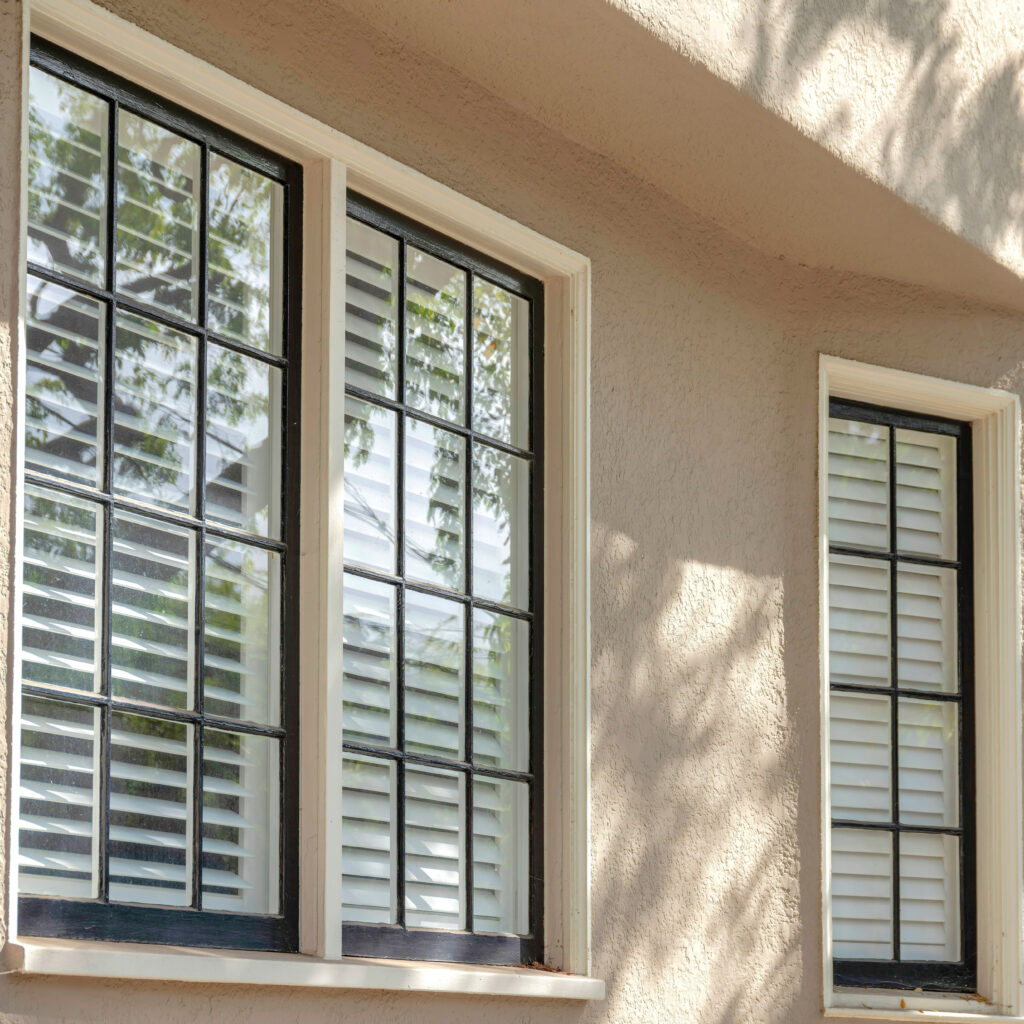
Why Are Glass Inspection Standards Important?
Glass inspection standards are essential because they help assess any potential defects in the glass, which could affect its performance. These standards measure clarity, strength, and resistance to elements like wind and hail, ensuring that the glass you install is long-lasting and durable. Additionally, the standards are in place to make sure the glass is energy-efficient, which can help lower heating and cooling costs over time.
What Do Glass Inspections Check?
- Clarity and Visual Distortions: One of the primary aspects of glass inspections is visual clarity. Inspections look for any distortions, bubbles, or waviness that could compromise visibility. Homeowners want their windows to offer a clear view, and any imperfections can diminish the overall quality of the glass.
- Scratches or Surface Defects: Inspections also assess whether there are any scratches or blemishes on the surface of the glass. While some minor marks may be acceptable under certain standards, larger scratches can weaken the glass and affect its aesthetic appeal.
- Tempering and Safety Standards: Safety glass standards, such as tempering, are a crucial part of inspections. Tempered glass is stronger than regular glass and is designed to break into small, less dangerous pieces if shattered. This makes it an essential feature for windows, particularly in areas prone to storms or accidents.
- Energy Efficiency Ratings: Inspections often assess whether the window glass meets specific energy-efficiency standards. Low-emissivity (Low-E) coatings, double glazing, and other technologies help to insulate homes, reflecting heat during the summer and retaining warmth in the winter. A window that passes energy-efficiency inspections can contribute to significant energy savings over time.
What Standards Are Followed?
The American Society for Testing and Materials (ASTM) has established several standards for inspecting window glass. These guidelines help contractors, manufacturers, and inspectors assess the quality of the glass being installed. Some of the key standards include:
- ASTM C1036: This standard applies to flat, clear, and heat-treated glass and specifies acceptable limits for surface quality, scratches, and blemishes.
- ASTM E2190: This standard is related to the durability of insulated glass units, ensuring they perform well under thermal and environmental stress.
- ASTM C1172: This standard addresses laminated architectural flat glass, focusing on strength and clarity.
Conclusion
Understanding glass inspection standards is crucial when selecting windows for your home. Ensuring that your windows meet these standards means you’ll have glass that is visually clear, energy-efficient, and safe. If you’re considering replacing your windows, make sure to consult a professional who adheres to these standards, ensuring that your investment is worthwhile in both the short and long term.
For more information on choosing the right windows for your home, reach out to a trusted home improvement company that can guide you through the selection process.
